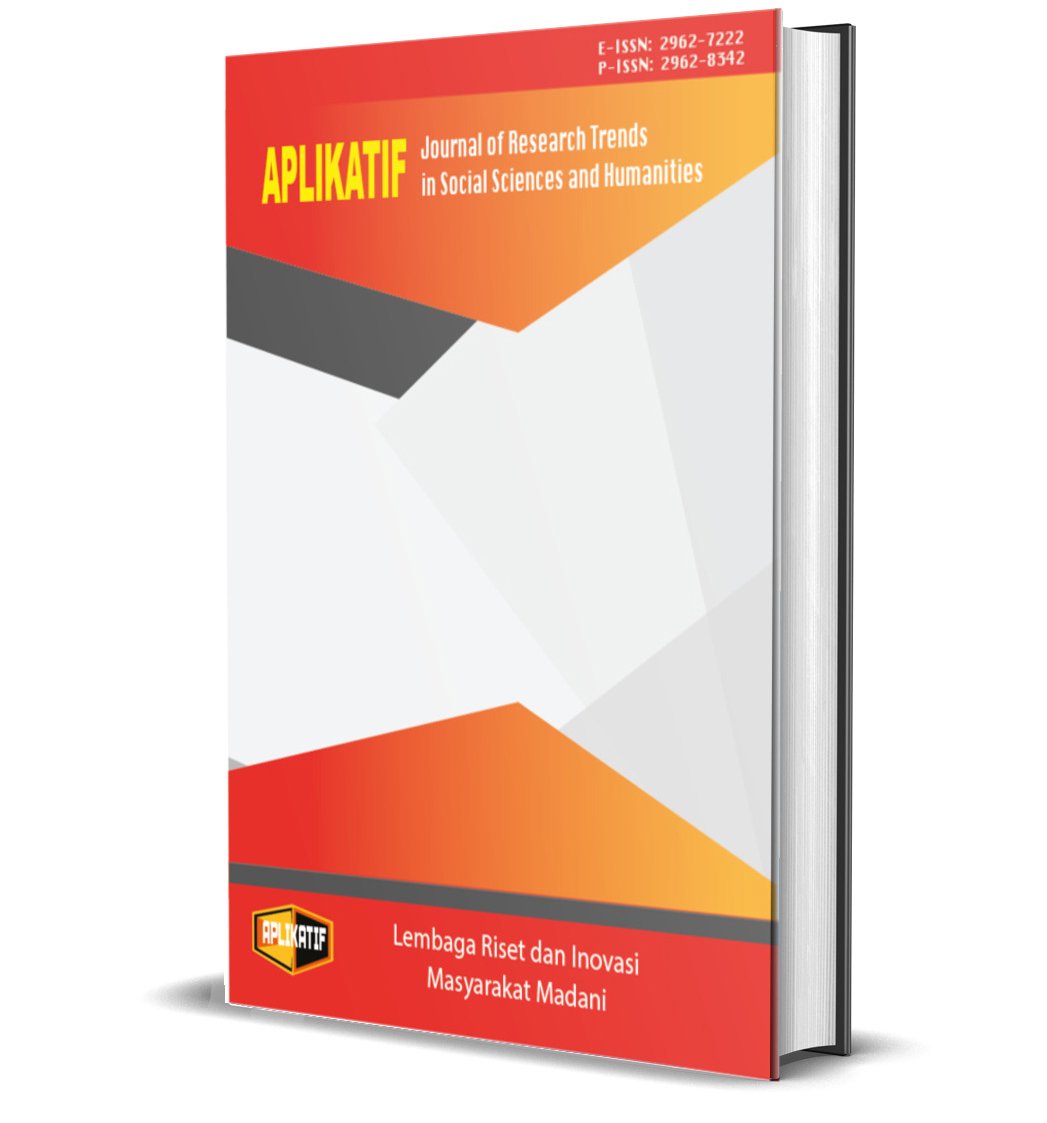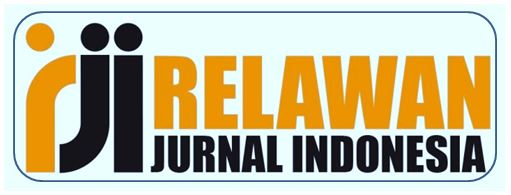Bahasa Bugis: Inflectional Morphology in the Verb
https://doi.org/10.59110/aplikatif.v1i2.150
Keywords:
Inflectional Morphology, Paradigm Function Morphology, Bahasa BugisAbstract
In this paper, I discuss some morphological processes of inflection in Bahasa Bugis particularly verb, in order to scrutinize some problems that appear in the analysis under a morphemic framework. To have a better understanding towards the analysis of the inflectional case, I will employ an approach of Paradigm Function Morphology by Stump (2001). As a result, inflectional occur depends on the aspect and the person. There are three main aspects found; durative, perfective, and conditional. Of which, durative has four subcategories; durative (repeated), durative (feature & repeated), durative (similar), and durative (repeated & similar). Moreover, perfective aspect is also found to have one subcategory called perfective (past & similar). On the other hand, an interesting phenomenon found in person where the second person differentiated by the pragmatic meaning; more polite and less polite. Finally, through PFM, we can capture the mappings, block by block, show how morphosyntactic features are realized by the exponents in the language.
Downloads
References
Arka, I. W. (2008). Local autonomy, local capacity building and support for minority languages: Field experiences from Indonesia. Language Documentation & Conservation Special Publication, 1, 66-92.
Mahmud, M. (2008). Politeness in Bugis. Ph.D. Thesis, The Australian National University.
Mahmud, M. (2011). Politeness Practices In Bugis Society. Kajian Linguistik dan Sastra, 23(1), 19-29.
Nurhayati, U., & Nurkholik, N. (2018). The Morphological Processes of Bugis Language (A Morphological Study Of Bugis Language Through Latoa Script). IDEAS: Journal on English Language Teaching and Learning, Linguistics and Literature, 6(1).
Pelras, C. (1997). The Bugis. John Wiley & Sons..
Sil International, Indonesia Branch. (2001). Languages of Indonesia. Jakarta: SIL International, Indonesia Branch.
Stump, G. T. (2001). Inflectional morphology. Cambridge: Cambridge University Press.
Spencer, A. (2004). Generalized paradigm function morphology. Ms., University of Essex.
Downloads
Published
How to Cite
Issue
Section
License
Copyright (c) 2022 Nurhadi Hamka, Ahmad Rivani Talaohu, La Ode Achmad Suherman

This work is licensed under a Creative Commons Attribution-ShareAlike 4.0 International License.
















